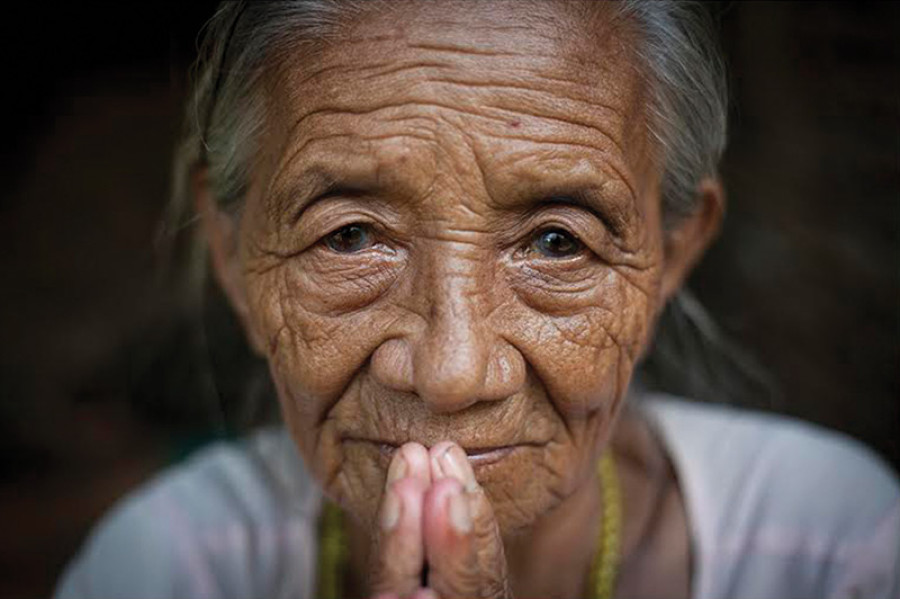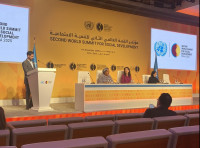Opinion
Standing with refugees
By the time you finish reading this sentence, someone on the planet will be forced to flee his or her home due to persecution, human rights violations or war.
Kevin J Allen
By the time you finish reading this sentence, someone on the planet will be forced to flee his or her home due to persecution, human rights violations or war. In 2016, an average of 20 persons were forcibly displaced every minute. And as I write this piece, over 65.6 million people are forcibly displaced globally—the highest figure since World War II, and roughly equivalent to the population of the United Kingdom or Thailand.
The figures are shocking, but often morph into abstraction as we go about our busy days. When we stop and reflect—aided perhaps by television images of conflict and brutality—we remember that these numbers represent human suffering, unthinkable loss and tears. The numbers also represent the courage and resilience of tens of millions of refugees who have overcome adversity and now contribute to the countries and societies which gave them asylum.
It is in this spirit that we celebrate World Refugee Day every year on June 20th, paying homage to the courage and resilience of millions of people—people just like us—who were forced to flee for their lives. We also reaffirm our commitment to stand with refugees, and to address the challenges that threaten refugee protection.
The world has observed three straight years of record displacement, fueled by humanitarian crises in places like Syria, Iraq, Yemen and South Sudan. The UN Refugee Agency (UNHCR) and international community face unprecedented challenges as humanitarian budgets are stretched, and countries of first asylum are overwhelmed. At the same time, the UNHCR is working closely with states to help address their legitimate national security concerns, while ensuring that refugees have access to asylum.
Facing these challenges, the first-ever UN Summit on Addressing Large Movements of Refugees and Migrants was held at the UN General Assembly on September 19, 2016. During the summit, 193 states, including Nepal, adopted the historic New York Declaration for Refugees and Migrants, which reaffirmed the commitment of states to international protection principles, and their solidarity with those who are forced to flee.
Shared responsibility
Notably, the 2016 New York Declaration emphasised that developing countries like Nepal cannot be expected to independently address refugee situations. As many as 84 percent of the world’s refugees are in developing countries. It is imperative that more developed countries share the collective responsibilities of states under the international refugee protection regime that emerged after World War II.
In Nepal, long before the New York Declaration was adopted, the UNHCR, the international community and the Government of Nepal have adhered to this ethos of shared responsibility and international solidarity—first in the context of Tibetan refugees who arrived in the late 1950s, then in the context of Bhutanese refugees who sought asylum in Nepal in the early 1990s, and more recently with small numbers of newly arrived refugees from diverse countries who reside in Kathmandu.
Nepal has a proud tradition of providing asylum to refugees, rooted in its diverse cultures and peoples who, collectively, have demonstrated remarkable hospitality and goodwill. Nepal should be roundly applauded for the asylum it has provided and continues to provide to refugees, notwithstanding its own challenges over the years.
Resettlement programme
At the same time, the support of the international community in Nepal has been exceptional, as demonstrated by decades of refugee funding and one of the world’s most successful third-country resettlement programmes.
Since 2007, almost 110,000 refugees in Nepal have been resettled to the United States, Canada, Australia, New Zealand, Denmark, Norway, the United Kingdom and the Netherlands.
The large-scale resettlement programme was designed to share international responsibilities with Nepal and facilitate better lives for resettled refugees. But it was also intended to open the doors to alternative solutions.
We can take solace in knowing that the refugee population in Nepal has dramatically decreased in recent years, unlike in much of the world. For example, the Bhutanese refugee population in Nepal, which once peaked at 120,000 persons, is now fewer than 10,000 persons.
As wars rage on across the globe and record numbers of people are displaced, we must work to achieve peace—the only real durable solution for refugees, and the raison d’être of the United Nations and its 1945 Charter.
Fortunately, there is no indication that ongoing conflicts will produce large numbers of new refugees in Nepal. And thus, with the conclusion of the large-scale resettlement programme in Nepal in 2016, a small refugee population remains, which presents a unique opportunity. Indeed, we are at a crossroads in Nepal, with the chance to finally achieve durable solutions for every refugee, cementing Nepal’s legacy as a champion of refugee protection and, in the spirit of the New York Declaration, serving as an example to the world of international solidarity fully realised.
Allen is Representative of the UN High Commissioner for Refugees in Nepal




 14.12°C Kathmandu
14.12°C Kathmandu










